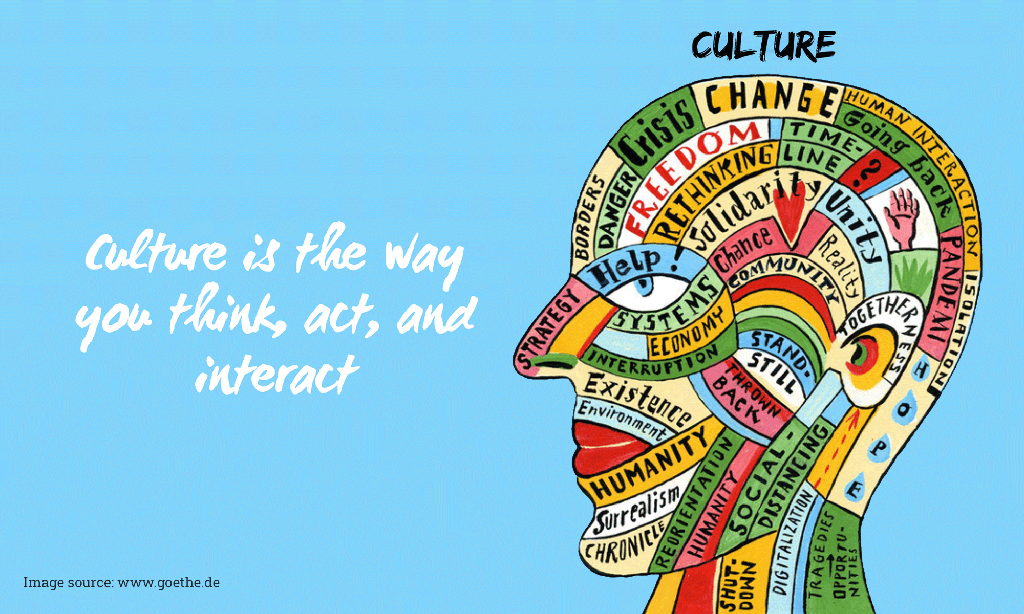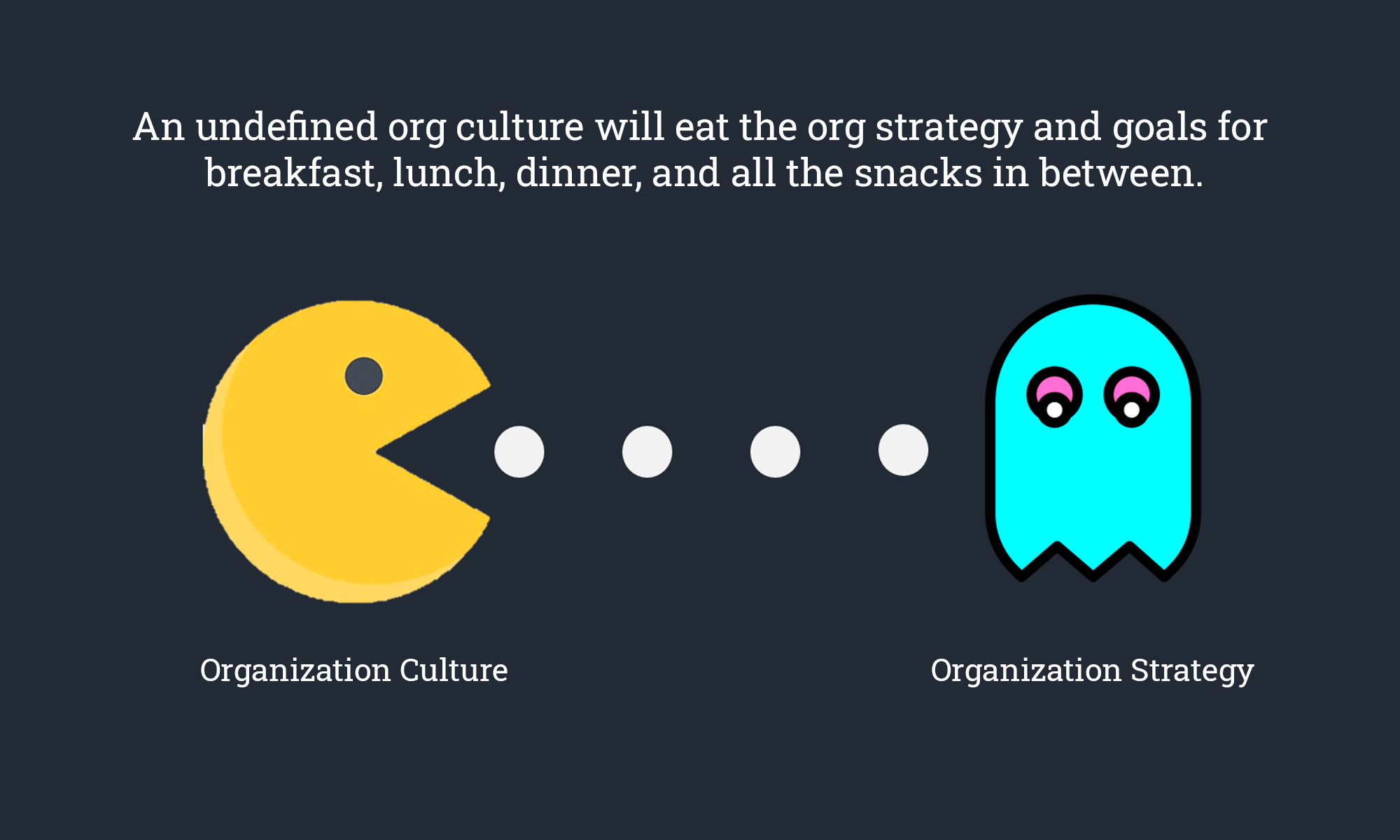How culture makes or (more often) breaks organizations
Setting up an organization is no easy task. Hiring dedicated people with relevant experience is equally challenging. Securing long-term funding often takes years of hard work. Organization leaders who manage all of this should be applauded for their efforts. However, stopping at this point usually equates to a struggle to build organizations that endure.
A strong work culture is the key ingredient that can transform an organization with potential to one that sustains. Culture manifests itself in behaviours – in team cohesion, team members linking their work to the organization’s mission, the freedom to express ideas and opinions, and completing work on time and within budget.
Leaders who aspire to build something that endures need to look at these aspects first – their own ability to lead and the culture that they create.
Let’s use an example to understand this better.
Note: Names and details have been modified to maintain confidentiality.
The Organization
Tannir conducts research on water-related issues in India. The organization was founded by the respected and well-known Prof. Raghu Aruna. Tannir’s research is highly regarded, widely cited and used as a benchmark by others in the sector. Raghu has been able to use his extensive network to steadily increase Tannir’s budget and influence. Tannir now has a team of 26 people, including two experienced research directors.
The Challenge
As a leader, Raghu is extremely passionate and views Tannir as a vehicle to address the problem of water stress in India. It is this passion and personal credibility that have brought success to him and Tannir.
However, there is a culture of transience within Tannir, where the mission is paramount, but people are secondary. Raghu’s tendency to micro-manage and his need for control create a difficult atmosphere for the Tannir team. In private conversations, team members have spoken of feeling dispensable, as mere cogs in a fast-moving wheel. Tannir suffers from a high attrition rate – the inside joke is that Tannir staff are disappearing faster than India’s water table.
Worryingly enough, over the past few years, team members have spoken about feeling a lack of trust. Raghu seems to have equated high performance with the number of hours that team members visibly put in. For example, measures such as a biometric scanner to log hours spent in the office have been instituted.
The Opportunity
Raghu was recently contacted by the chairperson of the state water commission with a request for Tannir to prepare a district-wide water stress map that the state government could use for implementing sustainability solutions. If Tannir were to execute this successfully, it would be a major step-up for the organization. Tannir would graduate from being a pure research organization to providing direct inputs to policymaking.
The new opportunity feels to Raghu like a breakthrough, the culmination of 13 years of hard work. Working with state governments would mean that Tannir could influence policy in a direct and meaningful way. A look around the office, however, slightly dampens his enthusiasm. The scale of the new project means that he will not be able to monitor it directly anymore. There is simply too much work to be done in too little time. Who will he trust with liaising with the state government? Will a team that he views as fractious and needing constant “management” be able to deliver high-quality work without his personal supervision?

The Response
What should Raghu do to address these issues and make Tannir capable of taking the next step in its growth?
It would be easy to say that Raghu should give freedom and space for his team to grow but this cannot be done overnight. Building organization culture requires effort. And time. And difficult decisions. An organization that is heavily reliant on the credibility and reputation of its leader has much to lose by suddenly changing that identity. And a leader like Raghu whose own identity is tied closely to that of Tannir cannot be expected to let go easily.
If this is how things are then what might we say to Raghu?
- Change has to start at the top: None of the challenges mentioned can be adequately addressed unless Raghu brings about a change in the way he views Tannir. This does not mean that he dilutes his mission focus but he needs to view Tannir as a living organization with people who need to feel valued, mentored, and encouraged. Culture drives decision making in an organization. A leader should focus on providing the team with information and context that enables them to take decisions.
- Everyone needs to be fully engaged with the mission: Instead of focusing on things like getting team members to reach office on time, the Tannir leadership should communicate effectively the context of Tannir’s work, its relevance to outside stakeholders, and the stakes involved. The goal should be to help each employee feel ownership of the mission. Process measures like tracking timely delivery of work and transparent performance appraisals can follow.
- The different management levels should be on the same page: If the team comprises young professionals who are working their first or second job, then providing them structure and guidance is paramount, and has to be done by mid-level managers. Disempowering the second line of management can result in a chaotic situation where no one knows who is accountable to whom.
- It takes patience and tenacity: Once decided on the creation of a new culture, organization leaders want it manifested as of yesterday. But building a team with strong work culture, ownership, and accountability takes time. Resistance to rapid change should be expected. The change has to be a well-paced, deliberate, and concerted effort.
There are additional things that a leader can do to build a strong culture – recruiting a full-time HR professional, providing opportunities for management to attend leadership development programmes, creating time for the team to interact outside of work, etc. These are all very important pieces of the puzzle of building a culture. However, what brings these pieces together is a leader’s commitment and focus. A leader who wants to create a strong culture but continually prioritizes daily operations, or who treats culture as a means to impress funders or Board members, will not build a successful team. It is our hope that Raghu and others like him commit to the time, energy and process of becoming leaders of strong, sustaining organizations.
